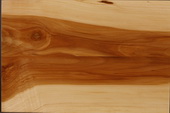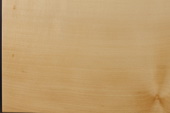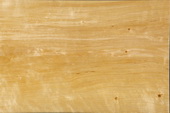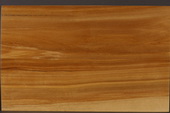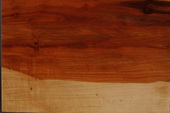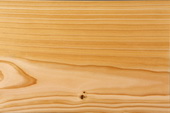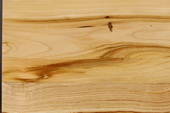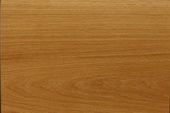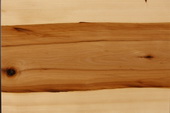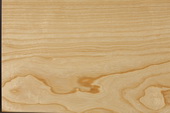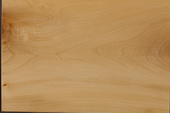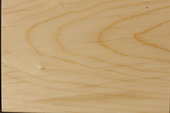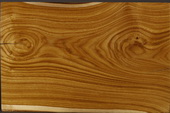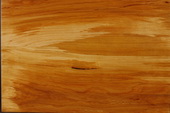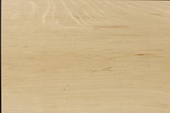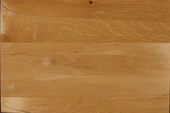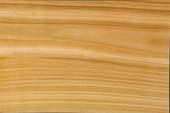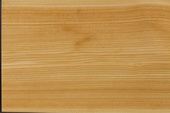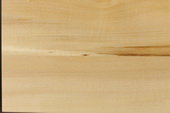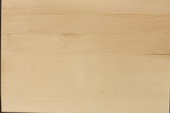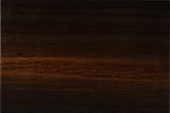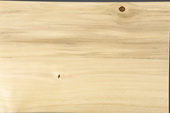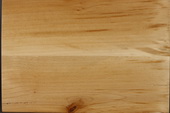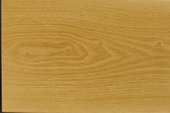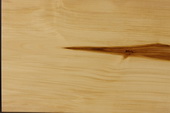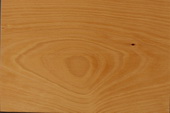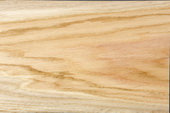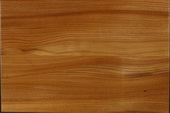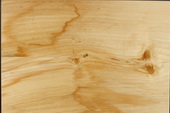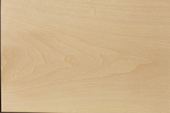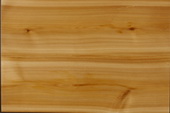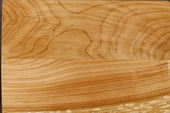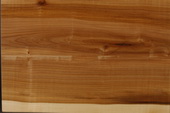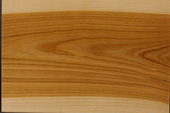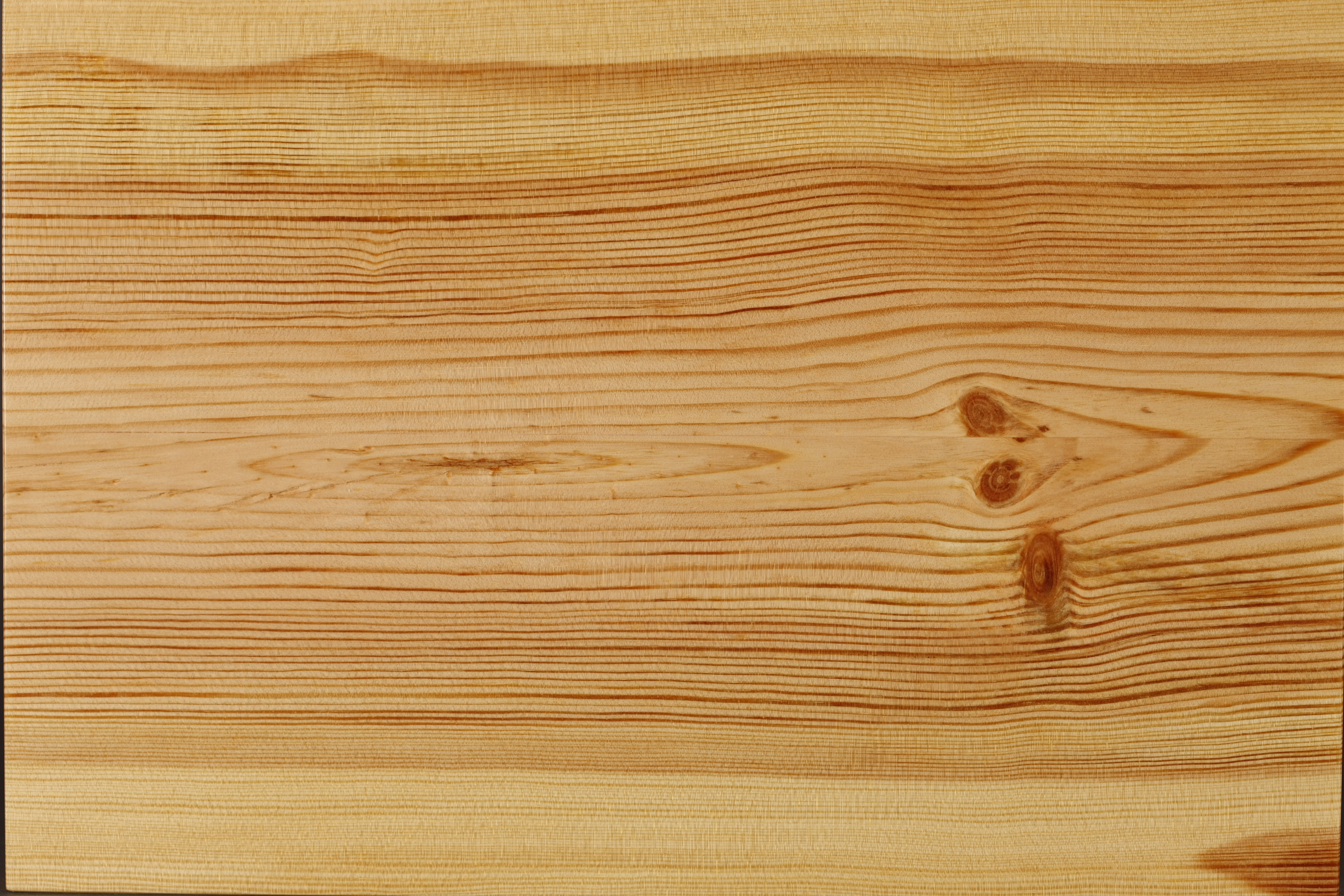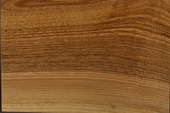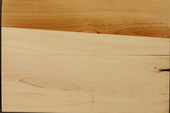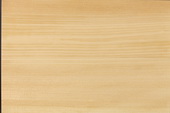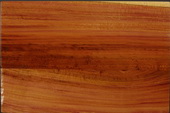Unsere heimischen Hölzer/en: Unterschied zwischen den Versionen
| (4 dazwischenliegende Versionen von 2 Benutzern werden nicht angezeigt) | |||
| Zeile 2: | Zeile 2: | ||
| − | '''Exploring the beauty of | + | '''Exploring the beauty of domestic timber !''' |
Do we really need tropical wood or wood from primeval forests to live in a beautiful and stylish way? | Do we really need tropical wood or wood from primeval forests to live in a beautiful and stylish way? | ||
| Zeile 14: | Zeile 14: | ||
| − | ==Gallery - a | + | ==Gallery - a selection of domestic timber== |
{{Container | {{Container | ||
Aktuelle Version vom 12. September 2020, 07:59 Uhr
Exploring the beauty of domestic timber !
Do we really need tropical wood or wood from primeval forests to live in a beautiful and stylish way?
See for yourself the variety and beauty of native wood species from our sustainably managed forests. Most people only know our main tree species such as spruce, pine, oak or beech. If you want diversity in the managed native forest, you have to use this diversity in the regions, too, because in managed forests, it is mainly those tree species that are planted and cared for that can be set down. This in turn requires a diversity of different buyers and processing companies in our regions. A monostructured timber industry leads to monostructured forests. Our managed "old sustainable forests" in Europe are by no means comparable with wood from monostructured plantations in the tropics (even if they are managed sustainably).
However, please remember that even wood species potentially found in our forests can have very long distances behind them. Therefore always ask for real proof of the short climate-friendly distances when you next buy wood.
timber pictures: HOLZ VON HIER
Gallery - a selection of domestic timber

